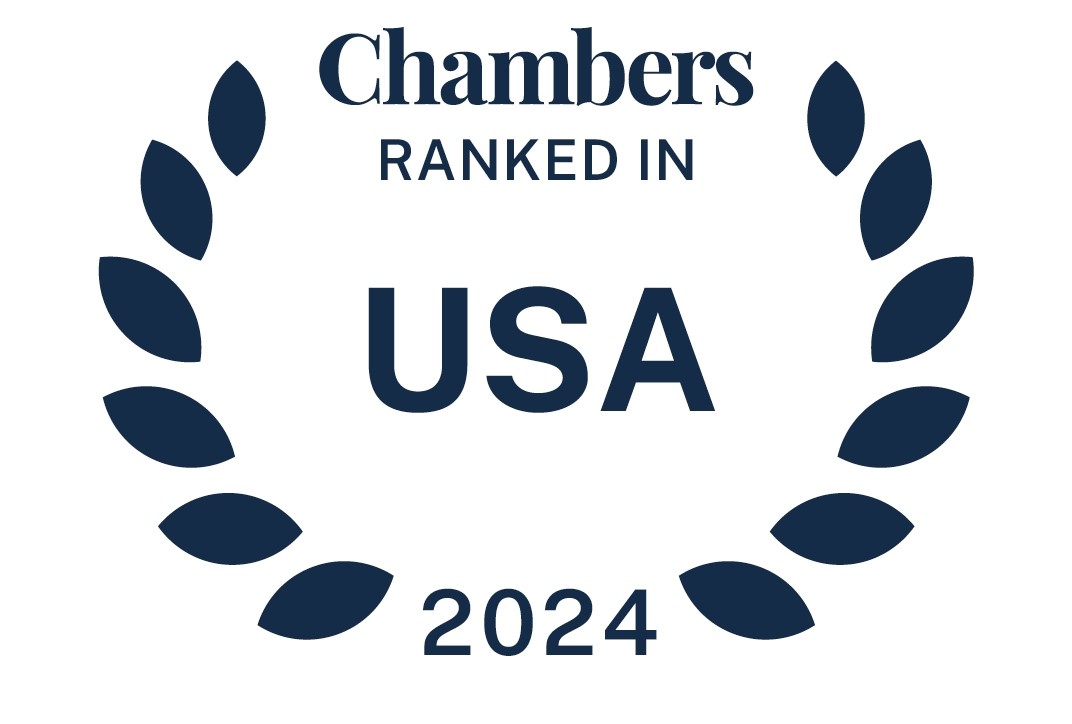The recently enacted Surface Transportation and Veterans Health Care Choice Improvement Act of 2015 includes provisions that will extend the deadlines for filing future Form 5500 and Form 990 series information returns. In addition, the legislation modifies rules relating to the ability of veterans to participate in health savings accounts (HSAs), allows employers to disregard employees receiving certain veterans benefits when determining whether they are subject to the shared responsibility requirements of the Affordable Care Act (ACA), and further extends the ability of employers to use excess pension assets to pay for retiree health and group-term life insurance.
read more


 Subscribe
Subscribe




